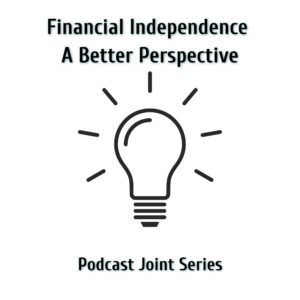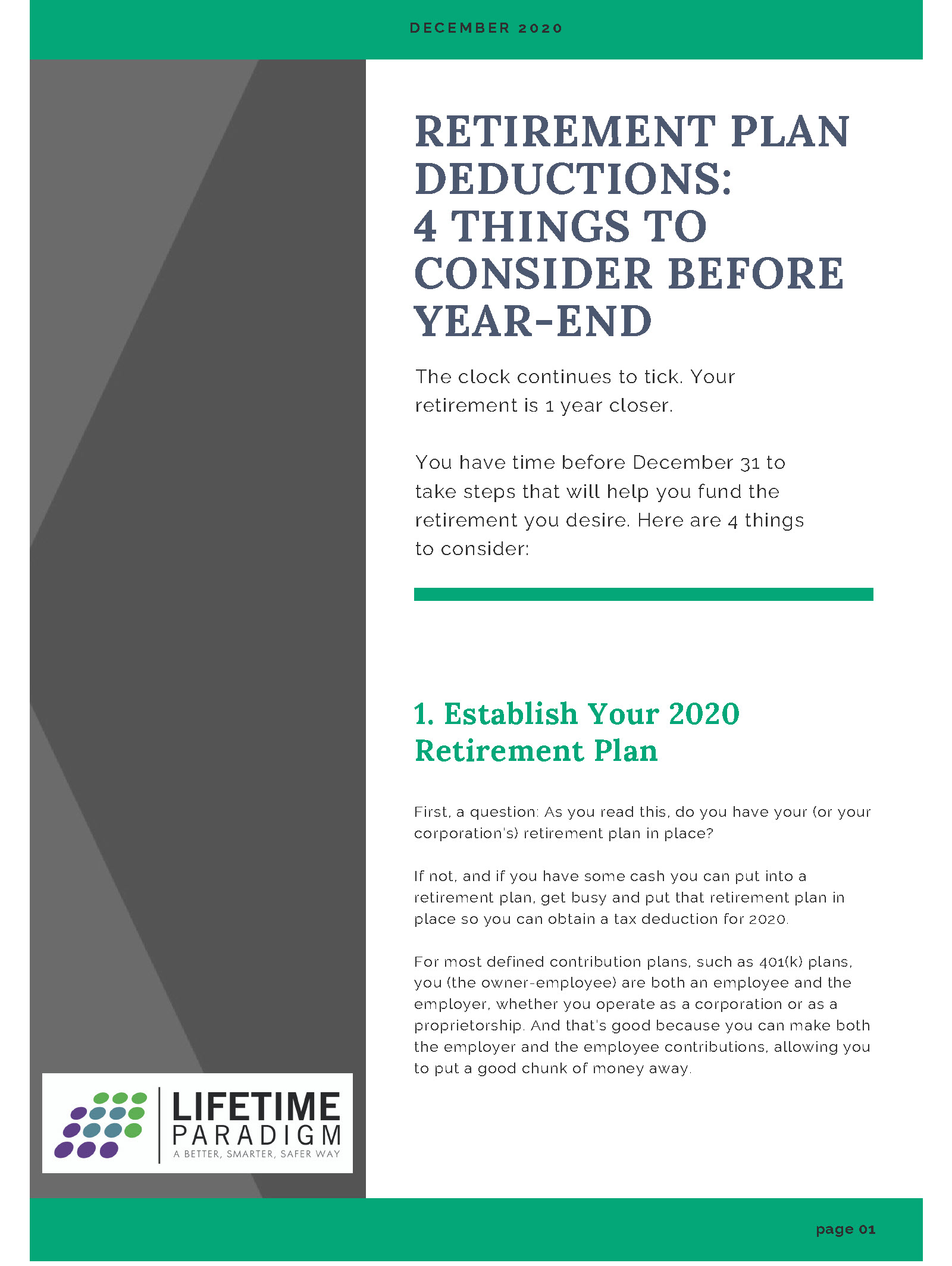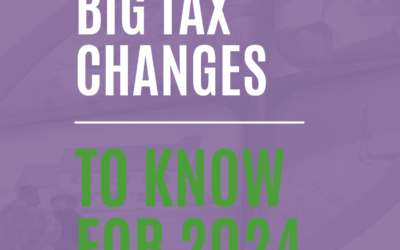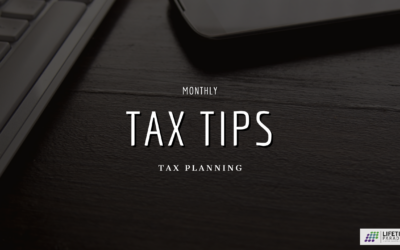Financial Independence
A Better Perspective
Podcast
EPISODE 14 Year-End Planning and Reducing Your 2020 Tax Bill
Presented by Lance Edwards and Randy Luebke
In this episode of “Financial Independence – A Better Perspective”, Lance and Randy discuss strategies for year-end planning and reducing your annual tax bill.
Additionally, they recap ideas presented in the previous podcast on Cost Segregation and go into more detail about how to benefit from the CARES Act.
What you’ll learn in this episode:
- Late business tax return filings. Make a contribution to an IRA to create a deduction. If you’re self-employed and have no other employees, you can do a SEP.
- A good basic strategy, spend before year-end – push off receiving income until next year, prepay whatever you’re allowed such as insurance premiums or a new vehicle.
- Prepaying office rent.
- The CARES Act, passed in March, allows those who create a net operating loss this year to go back to previous years where they paid taxes and apply that loss towards that income and get the IRS to write a check back to you.
- Whether you’re a self-employed one-person shop or one with mom, pop, and kids, simple things like 401(k)s and SEPs can work to your advantage. The idea is to be able to take pre-tax dollars and put them into one of these retirement plans to create a tax deduction – and then defer the earnings on those investments over time and pay taxes on them in the future.
- Many business owners who have a multitude of employees will default to a “Safe Harbor” plan. Randy explains, “If you want to put in your money, you have to put in 3% for all the other employees. If you have ten or 20, it can add up. You might end up putting in $20,000 worth of contributions for them just to deduct $19,000 from your 401(k). You have to ask yourself if that makes sense for you.
- A 401(k) is a defined contribution. The other option is the Defined Benefit Plan, which provides what Randy calls a “pot of gold” at the end of the rainbow. You can have as much as $3 million waiting for you when you retire. With the defined benefit plan, if you exclude the employees from the 401(k), they don’t get to participate. Then the employer, the owner of the business, can put significant amounts in and only tiny amounts for the employees.
- You can literally put profit-sharing plans into place until December 31.
- Most businesses, S corporations, and LLCs especially, have a calendar year that begins on January 1 and ends December 31. But a retirement plan is actually a trust, a separate entity with its own tax ID number. Because of that, Randy says, we can create a fiscal year for the plan. He can create a planned end date on November 30, 2020, with a planned start date of December 1. That allows you to take two deductions in a single calendar year off your business. You can put, for example, $500,000 away in the year that ends November 30 and another $500,000 in the year that starts the next day. You can claim the entire amount off your 2020 taxes and still not have to fund it until September 15, 2021.
- Owning rental properties automatically creates a side gig where you can be the manager of your properties and pay yourself a salary for that. You can create your own 401(k) on the company you own and where you’re the sole employee.
- Randy introduces the concept of a captive insurance company, which is an insurance company you own that allows you to play yourself the money for your insurance coverage and take a deduction from your operating company. You don’t have to claim it as income when you pay it to your insurance company. Captive insurance will allow you to put $2.3 million of premiums out of your operating business into your captive insurance company every year – and that’s a tax deduction to your business.
2020 Last-Chance Financial Planning Checklist
Get your free copy today.

Your Co-Owned Business Probably Needs a Buy-Sell Agreement
Tax PlanningBradford Tax InstituteSay you’re a co-owner of an existing business. Or you might be buying an existing...
Big Tax Changes to Know for 2024
Financial Guides2024 has brought some big tax changes with it. It’s essential to stay informed about these...
The Smart Tax Planning Newsletter March 2024
Tax PlanningIn This Issue: IRAs for Young Adults Get Up to $32,220 in Sick and Family Leave Tax Credits New Crypto Tax...







